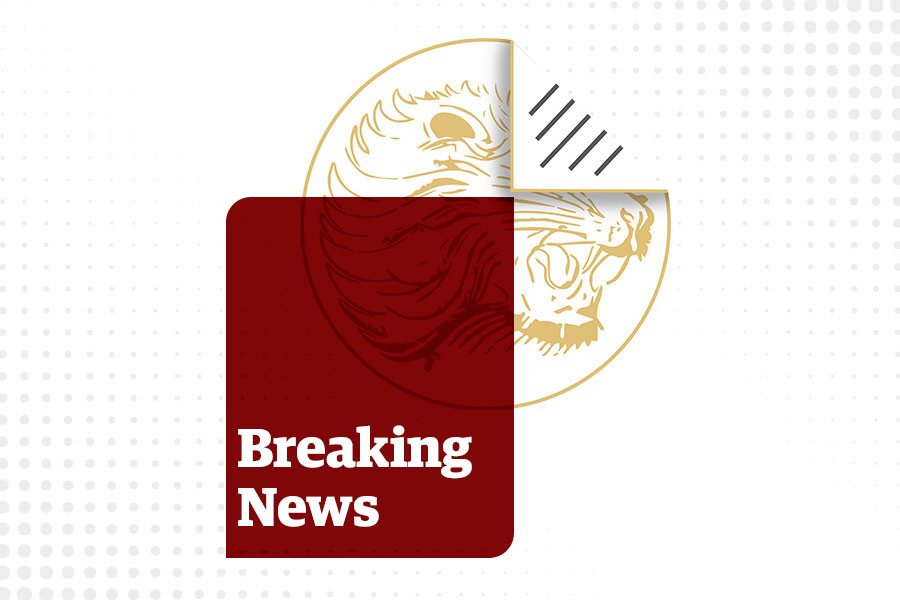
Mar 9 , 2025
By Robel Mulat
The inauguration of the Hawassa Industrial Park embodies Ethiopia’s broader ambition and the potential promise of industrial-led growth. Yet, nearly a decade since its opening, the dream of industrialisation remains complex, marked by economic progress and equally constraints, writes Robel Mulat (robel.mulat@yahoo.com), an urban anthropologist based in Hawassa.
Hawassa has long been known for its scenic beauty and tourist appeal. However, the opening of the Hawassa Industrial Park (HIP) in 2016 has gradually shifted the city’s identity from a leisure destination to a key industrial centre.
Haile Mariam Desalegn, the former prime minister, officially inaugurated the Park almost a decade ago, marking a milestone for Ethiopia’s industrial ambitions. Constructed by a Chinese company for a quarter of a billion dollars, the park has become a flagship textile and garment manufacturing hub.
As a university student living in the city then, I attended the grand opening ceremony, witnessing the excitement among investors, diplomats, government officials, and residents. The former Prime Minister described the industrial park as the “foundation in Ethiopia’s ambition to be the manufacturing hub of the African continent.”
Africa’s largest textile and apparel park, HIP promised approximately 60,000 new jobs and pledged to boost the local economy. The project was central to the EPRDF's government. Under Meles Zenawi, EPRDF's leader and the prime minister in the 1990s and 2000s, Ethiopia pursued economic policies inspired by successful East Asian economies such as South Korea, Taiwan, and China. In his thesis "African Development: Dead Ends and New Beginnings," Meles praised export-led industrialisation as a pathway to development.
Arkebe Oqubay (PhD), Haile Mariam's senior advisor, further championed this vision, advocating state-led, market-oriented industrial policies. Drawing lessons from Cambodia, China, and Vietnam, he believed special economic zones (SEZs) and industrial parks (IPs) could attract foreign direct investment (FDI), address capital shortages, and enhance productivity at the firm level.
The successive editions of the Growth & Transformation Plans (GTP I and II) made industrial parks central to achieving structural economic changes, intending to turn Ethiopia into a lower middle-income country by this year. Despite industrialisation efforts dating back to the 1950s, the first industrial park, Eastern Industrial Park, was established only in 2007 by a Chinese private investment. Subsequently, the first public industrial park, Bole Lemi, opened near Addis Abeba in 2014.
Recently, the government took further steps to elevate industrial growth. Federal legislators ratified a law governing special economic zones (SEZs), designating 10 industrial parks, including Hawassa, as SEZs. This initiative represents an effort to broaden the economic base beyond traditional manufacturing.
Industrial parks have become crucial for the economy, generating foreign exchange through export-led industrialisation. A World Bank study established progress, showing that the industrial parks attracted approximately 740 million dollars in inward investment from 66 foreign investors since 2015. By 2020, exports from these parks reached 163 million dollars, nearly half of Ethiopia’s manufactured exports, achieving an impressive average annual growth rate of around 50pc in net exports.
Job creation is another critical aspect of the industrial parks.
The Industrial Parks Development Corporation (IPDC)- managed parks have added approximately 30,095 jobs yearly since 2014, predominantly employing young women aged between 18 and 25. However, employment figures have been inconsistent. For instance, at the Hawassa Industrial Park (HIP), employees peaked at 29,975 in 2020/21 but dropped to around 22,000 two years later, a sign of fluctuations tied to market conditions and external factors.
A third key dimension of the industrial park strategy is technology and skills transfer. Parks operated primarily by foreign companies from China, India, and Western countries introduce advanced technologies, machinery, and managerial expertise. These have positively influenced local work culture and supported manufacturing modernisation.
Nonetheless, limitations persist. Many senior management positions remain occupied by expatriates, limiting opportunities for local staff to acquire higher-level skills and expertise.
While industrial parks like Hawassa have undeniably contributed to job creation, export growth, and technology transfer, the broader outcomes reveal mixed results. Challenges remain substantial. Workers frequently face low wages and poor productivity levels. Persistent logistical barriers and Ethiopia's delisting from the African Growth & Opportunity Act (AGOA), a valuable American trade privilege, further complicated the operating environment for exporters.
Addressing these will be crucial to realise sustainable industrialisation. Achieving sustained growth and meaningful employment requires balancing rapid industrial expansion with improvements in wages and working conditions. Encouraging genuine technological and managerial skill transfer demands stronger incentives and more transparent policies to ensure local leadership can eventually steer industrial development independently.
PUBLISHED ON
Mar 09, 2025 [ VOL
25 , NO
1297]


My Opinion | 131453 Views | Aug 14,2021

My Opinion | 127805 Views | Aug 21,2021

My Opinion | 125786 Views | Sep 10,2021

My Opinion | 123421 Views | Aug 07,2021

Dec 22 , 2024 . By TIZITA SHEWAFERAW
Charged with transforming colossal state-owned enterprises into modern and competitiv...

Aug 18 , 2024 . By AKSAH ITALO
Although predictable Yonas Zerihun's job in the ride-hailing service is not immune to...

Jul 28 , 2024 . By TIZITA SHEWAFERAW
Unhabitual, perhaps too many, Samuel Gebreyohannes, 38, used to occasionally enjoy a couple of beers at breakfast. However, he recently swit...

Jul 13 , 2024 . By AKSAH ITALO
Investors who rely on tractors, trucks, and field vehicles for commuting, transporting commodities, and f...
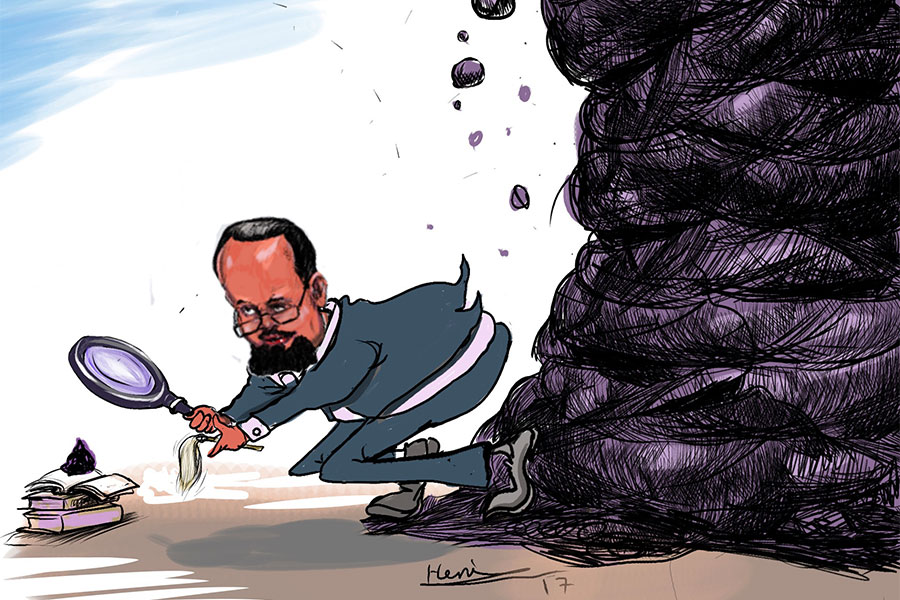
Jun 28 , 2025
Meseret Damtie, the assertive auditor general, has never been shy about naming names...
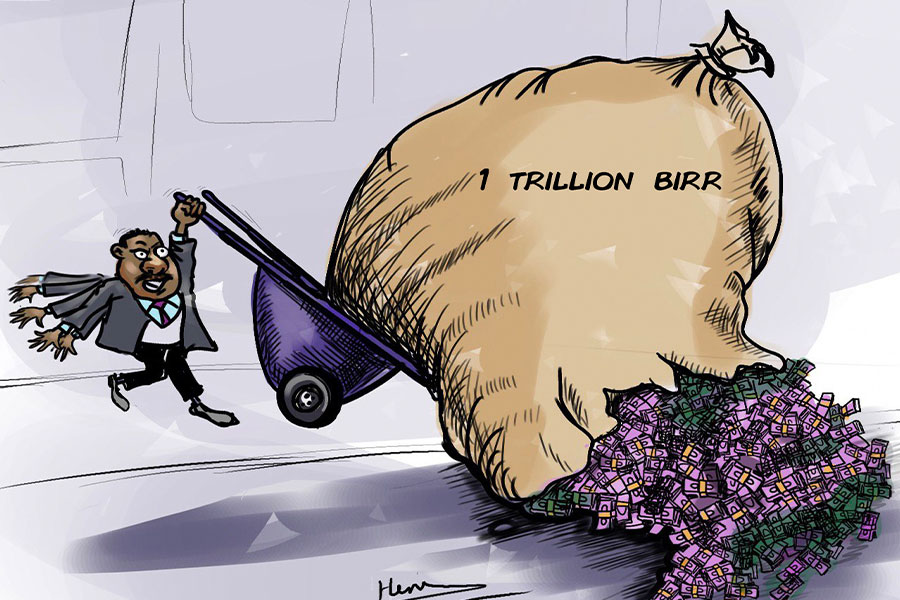
Jun 21 , 2025
A well-worn adage says, “Budget is not destiny, but it is direction.” Examining t...
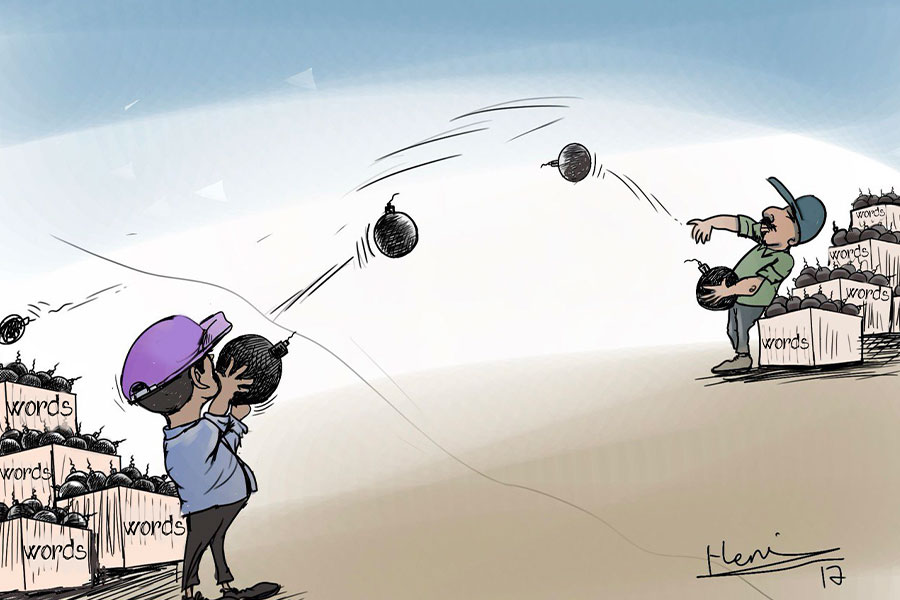
Jun 14 , 2025
Yet again, the Horn of Africa is bracing for trouble. A region already frayed by wars...
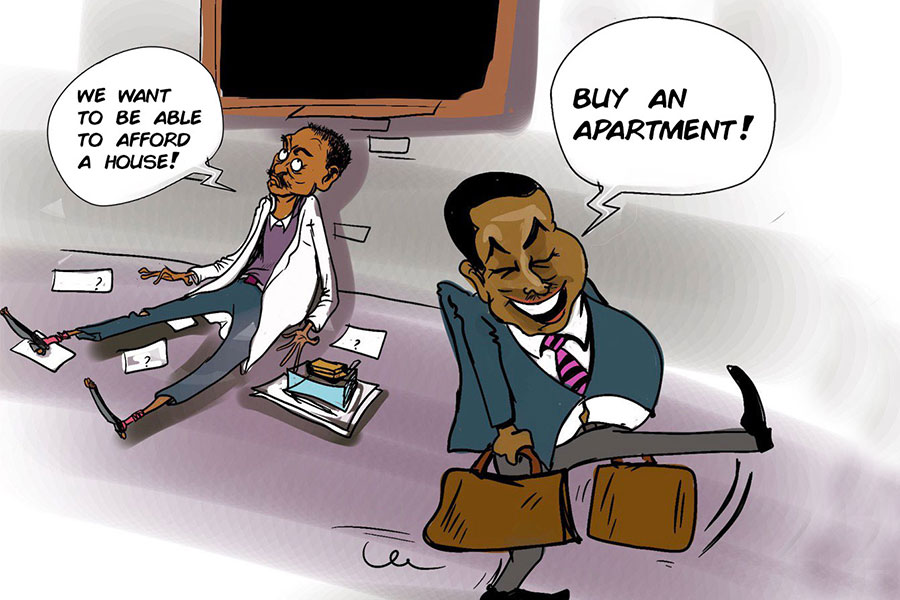
Jun 7 , 2025
Few promises shine brighter in Addis Abeba than the pledge of a roof for every family...
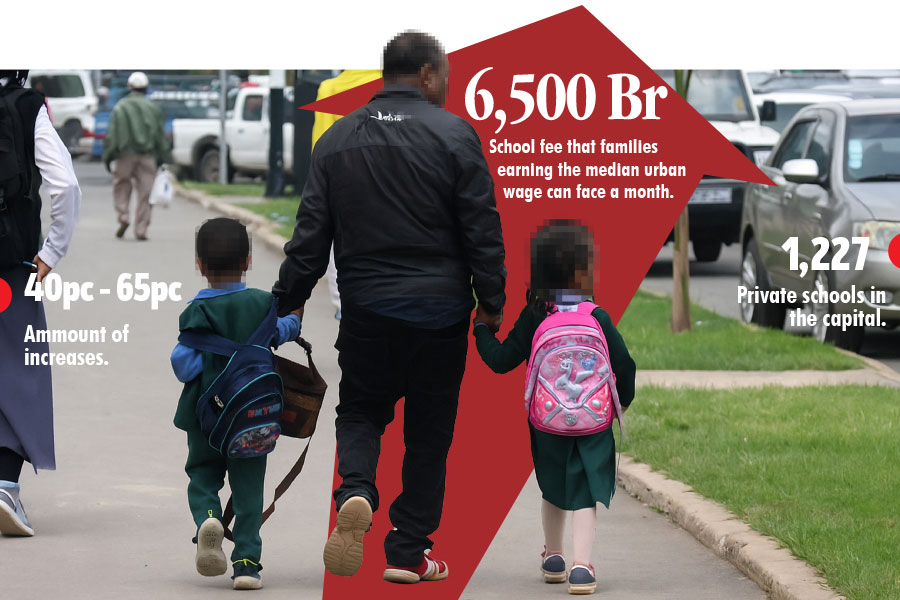
Jun 29 , 2025
Addis Abeba's first rains have coincided with a sweeping rise in private school tuition, prompting the city's education...

Jun 29 , 2025 . By BEZAWIT HULUAGER
Central Bank Governor Mamo Mihretu claimed a bold reconfiguration of monetary policy...
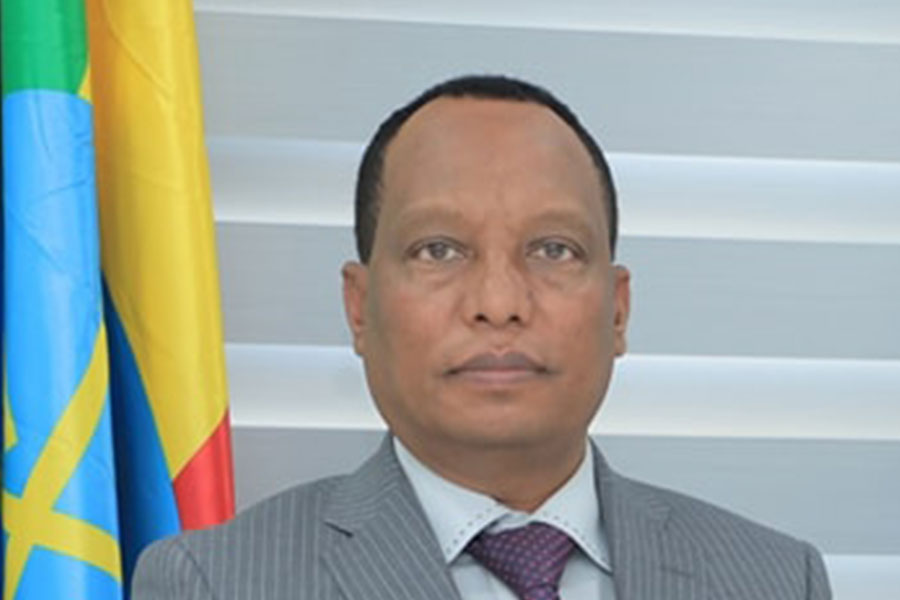
Jun 29 , 2025 . By BEZAWIT HULUAGER
The federal government is betting on a sweeping overhaul of the driver licensing regi...
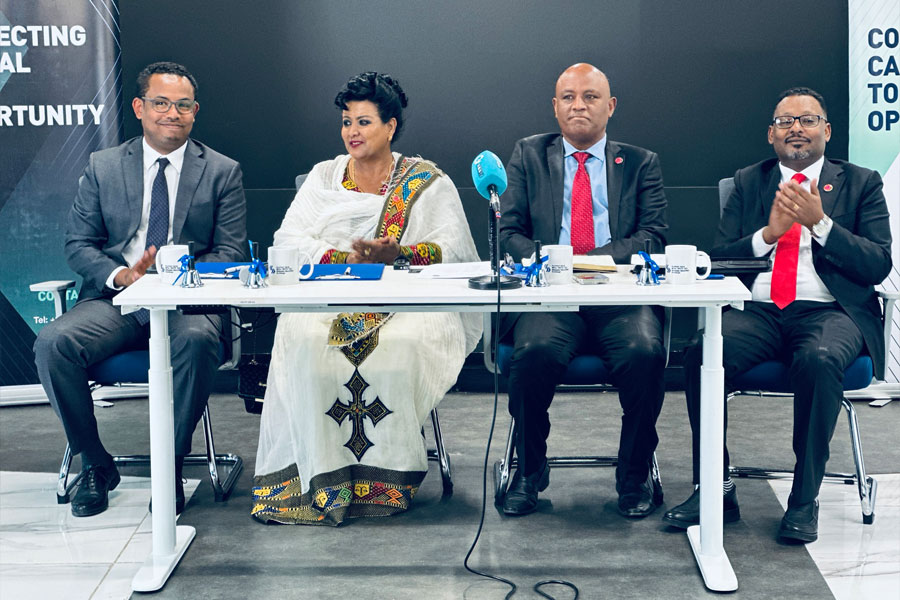
Jun 29 , 2025 . By NAHOM AYELE
Gadaa Bank has listed 1.2 million shares on the Ethiopian Securities Exchange (ESX),...